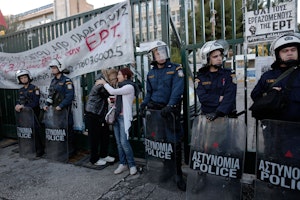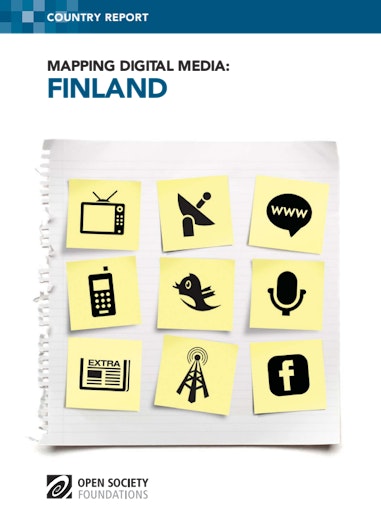The Mapping Digital Media project examines the global opportunities and risks created by the transition from traditional to digital media. Covering 60 countries, the project examines how these changes affect the core democratic service that any media system should provide: news about political, economic, and social affairs.
Traditional media, news platforms, and public service media have maintained their historically strong position in the digital era in Finland. Traditional media also dominate the news offering on digital platforms and social media.
Digitization has, however, increased the number of television channels and competition for audiences, and online news media use has grown rapidly. While ways of accessing news content have changed, traditional news usage is still common and a large proportion of the population watches scheduled television news at least once a week. Newspaper circulation figures are also still high, despite the trend of decline.
Download
-
Mapping Digital Media: Finland (417.2 Kb pdf file)
Download the complete 81-page report.
Read more
Voices
What Does Independent Journalism Look Like in the Digital Age?

Journalists and media organizations can find themselves repressed because of inadequate or deliberately repressive policy. Mapping Digital Media examines the situation in 56 countries.
Voices
Does Digital Media Mean Better Media?
From Montenegro to Nicaragua to China to Egypt, has digital media improved access to good-quality journalism?
Voices
Early Days for Digital Media in Morocco
Digital media in Morocco continues to advance. With 105 percent mobile phone penetration in the country and a growing appetite for online news more change is on the way.
